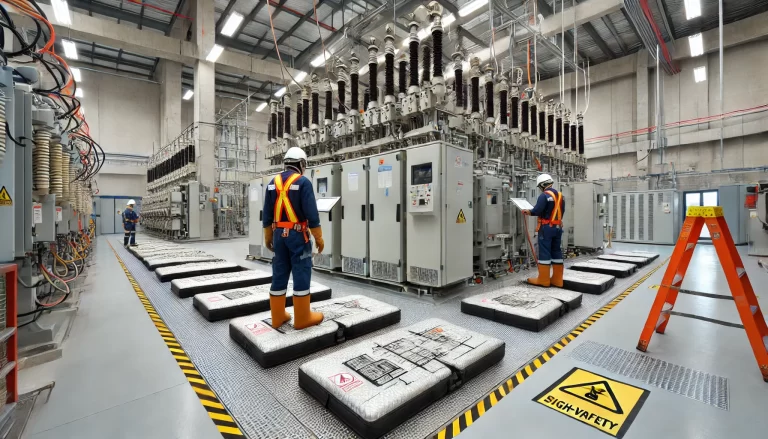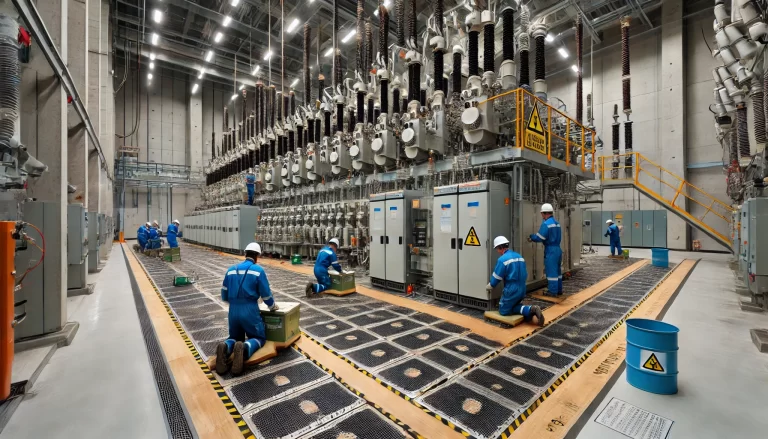1. Electrical Safety Requirements:
- Insulation mats are essential in environments where electrical isolation between equipment and operators is necessary, such as in substations, power plants, distribution rooms, laboratories, and outdoor live working locations. These areas often house high-voltage electrical equipment, and placing insulation mats helps prevent electric shock, thereby protecting the safety of operators.
2. Prevention of Equipment Damage:
- Insulation mats also play a role in protecting electrical and electronic equipment from environmental damage, such as preventing scratches, wear, and abrasions on the equipment surface. This added protection can prolong the lifespan of the equipment.
3. Compliance with Safety Procedures and Standards:
- Many electrical safety procedures and standards, such as the Electrical Safety Work Regulations (specifically for substations and the electrical sections of power plants), explicitly state that insulation mats must be used during certain operations. For instance, when handling high-voltage fuses or adjusting and cleaning brushes and slip rings on rotating motors, operators are required to stand on insulation mats.

4. Safety Facilities in Distribution Rooms:
- Safety regulations for distribution rooms often specify that insulation mats must be laid in front of distribution cabinets. This requirement is designed to prevent electric shock during operation and to ensure the operator’s safety while interacting with the equipment.
5. Specific Voltage Level Requirements:
- Different voltage levels in distribution rooms necessitate corresponding thickness and voltage resistance ratings for insulation mats. For example, in distribution rooms with a voltage of 10kV, insulation mats with a thickness of 8mm are typically used, and they are subjected to power frequency withstand voltage tests.

6. Work Environment Requirements:
- In certain special work environments, such as areas that are humid, dusty, or exposed to chemical corrosion, insulation mats provide enhanced electrical isolation and environmental protection. This ensures the safe operation of electrical equipment and the safety of personnel working in these challenging conditions.
In summary, the installation of insulation mats is primarily based on factors such as electrical safety needs, protection of equipment, adherence to safety standards, distribution room safety requirements, specific voltage levels, and environmental conditions.
These factors should be carefully considered when designing and using insulation mats to ensure the safety of both electrical equipment and personnel.
